Process PaloozAI Webinar
A new and unique offering to get you excited for Process Palooza 2024
Process PaloozAI was a free, stand-alone webinar which hosted an engaging discussion around the intersection of process improvement and AI/automation and the impacts on productivity, quality and satisfaction.
IBM Master Inventor and United Nations (UN) Artificial Intelligence (AI) Advisor Neil Sahota served as the keynote speaker. Neil shared his extensive experiences working with Global Fortune 500 companies, the United Nations, and world government leaders to identify, design, implement and realize the benefit of new products, technologies and services using his proven formula for success, focusing on Problem -> Opportunity -> Solution. He highlighted some real examples where AI and a continuous improvement mindset converge to produce positive impacts on workforce development and beyond.
Stephen Yorkstone, founder and chair of Lean in Higher Education, masterfully moderated a panel discussion showcasing how UC San Diego leaders are applying innovative AI solutions in the administrative, academic, research and healthcare arenas to not only improve processes but to enhance worker, student, patient and customer productivity, quality and satisfaction. The panel offered demonstrations of practical usage of AI across UC San Diego and answered your burning questions about process improvement and AI/automation along the way.
A recording of the webinar can be found at the top of this page. We guarantee this webinar will stimulate minds and generate conversations that will carry into Process Palooza 2024!
Topics of discussion included:
- The intersection of Process Improvement and AI/automation and its impact on the future of day-to-day work.
- How UC San Diego is applying AI in the administrative, academic, research and healthcare processes along with the resulting worker and customer productivity, quality and satisfaction.
- Demonstrations of practical usage of AI, showcasing innovative methods, tools, and actual outcomes.
What's the difference between the Process PaloozAI webinar & the Process Palooza event?
Process PaloozAI was a one-time only, free webinar which took place on March 26, 2024, with exclusive content that will not be part of the main event.
Process Palooza 2024 is a paid-for, in-person only event taking place on August 21-22, 2024, with unique content and activities that will not be shared online during or after the event.
Be sure to watch the webinar and attend the main event to get the most out of the Process Palooza experience!
Speakers
Emcee
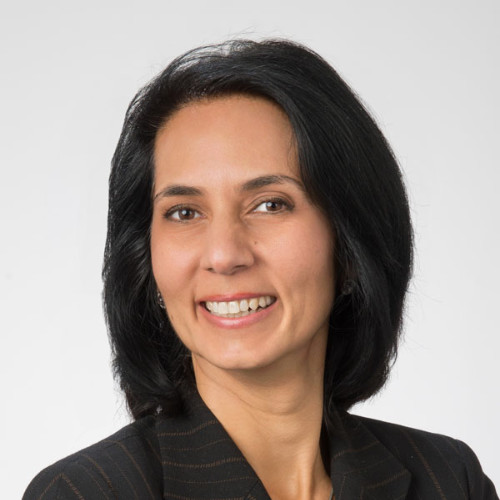 Mojgan Amini
Mojgan Amini
Mojgan Amini, M.S. Computer Science, Lean Six Sigma Black Belt, serves as the Director of Process Management & Continuous Improvement at UC San Diego's Information Technology Services department. She and her group provide frameworks, guidelines, communication channels and standards to simplify IT Service Management, Project and Portfolio Management, Governance, Organizational Change Management, Culture and Outreach across UC San Diego and in coordination with the UC system. Mojgan has served as the chair of the Business Excellence Community of Practice at UC San Diego, as well as the chair of the University of California IT Architecture Group. She currently serves as chair of the UC Tech Community Engagement Committee, the UC San Diego AI in Administration Workgroup, and Process Palooza.
Keynote Speaker
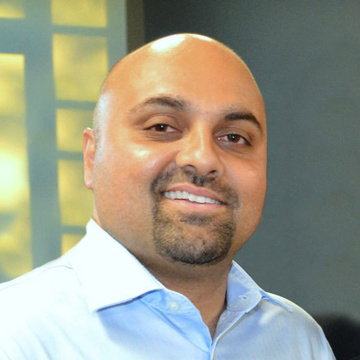 Neil Sahota
Neil Sahota
Neil Sahota (萨冠军) is an IBM Master Inventor, United Nations (UN) Artificial Intelligence (AI) Advisor, author of the best-seller Own the AI Revolution and sought-after speaker. With 20+ years of business experience, Neil works to inspire clients and business partners to foster innovation and develop next generation products/solutions powered by AI.
Neil's work experience spans multiple industries including legal services, healthcare, life sciences, retail, travel and transportation, energy and utilities, automotive, telecommunications, media/communication, and government. Moreover, he is one of the few people selected for IBM's Corporate Service Corps leadership program that pairs leaders with NGOs to perform community-driven economic development projects. For his assignment, Neil lived and worked in Ningbo, China where he partnered with Chinese corporate CEOs to create a leadership development program.
In addition, Neil partners with entrepreneurs to define their products, establish their target markets, and structure their companies. He is a member of several investor groups like the Tech Coast Angels and assists startups with investor funding. Neil also serves as a judge in various startup competitions and mentor in several incubator/accelerator programs.
He actively volunteers with nonprofits for event management, fund raising, grant reviews, and site visits. Neil is an active member of the UCI Alumni Association and serves on the Board of Directors for the Orange County Marathon, supporting their work with the OC Kids program in fighting childhood obesity.
Emcee & Panel Discussion Moderator
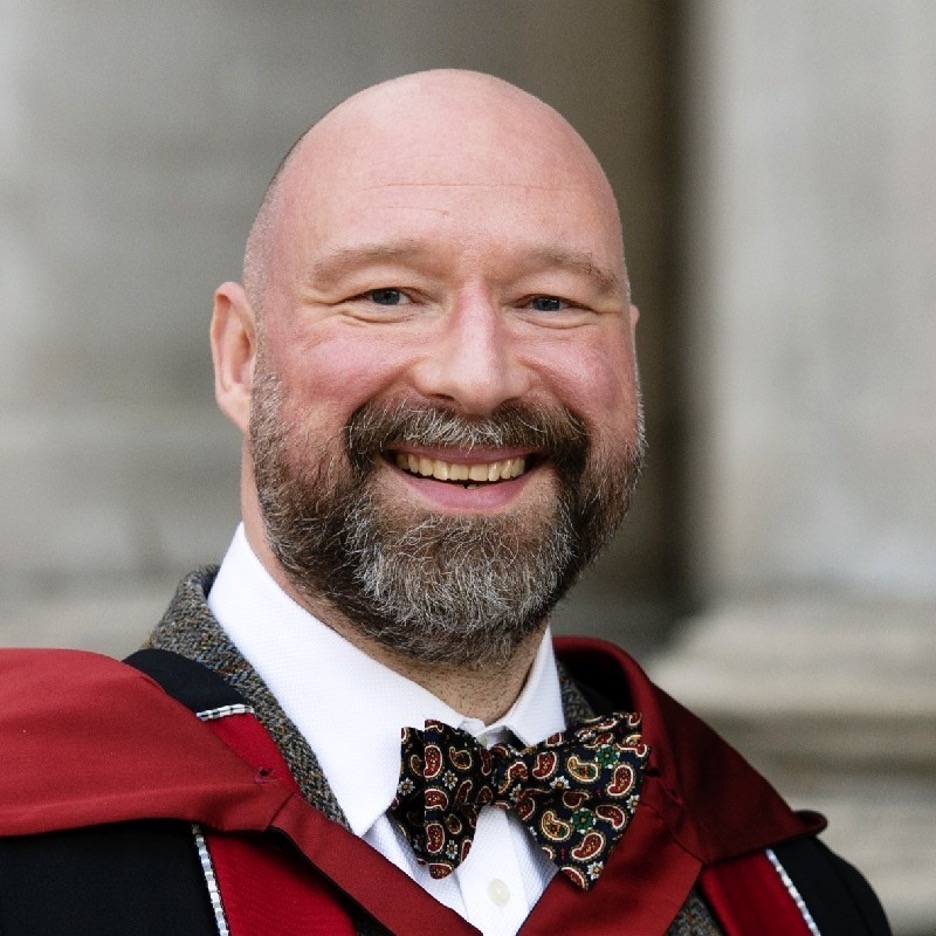 Stephen Yorkstone
Stephen Yorkstone
Stephen Yorkstone is a leading figure in the application of Lean principles to higher education.As the founder and chair of Lean in Higher Education, the global community of practice for Lean and related approaches in Universities, and a Senior Fellow of the Higher Education Academy, he has been instrumental in driving positive change in the sector. He founded the sector-leading Lean Team at the University of St Andrews and has played a pivotal role as a mentor and coach,enabling individuals and groups to drive change and improve processes within their institutions. He is currently embedded in Edinburgh Napier University as a consultant, coach, and facilitator.Given the transformative impact of his work, Stephen is always mindful of the need forcontinuous improvement, recognizing that change is a constant.
Stephen's approach to Lean is guided by a philosophy of humanization. He believes that genuine connections and active listening are the foundation for real, sustained improvement. This philosophy extends to his writing, where he has contributed to the Shingo Prize-winning 'Routledge Companion to Lean Management', to 'Humanizing Higher Education' and he edited 'Global Lean for Higher Education'. His work is not only about improving processes but also about enhancing the missions of educational institutions worldwide.
Away from his professional life, Stephen is a passionate advocate for the transformative power of higher education, inspired by his own experiences and the interdependence he has observed in various roles within the sector. He finds motivation in working with colleagues to improve the sector and in the positive impact this work has on institutions globally. In his personal time, Stephen enjoys sharing moments with friends, cooking up a storm in the kitchen, and travelling to new places.
Panel
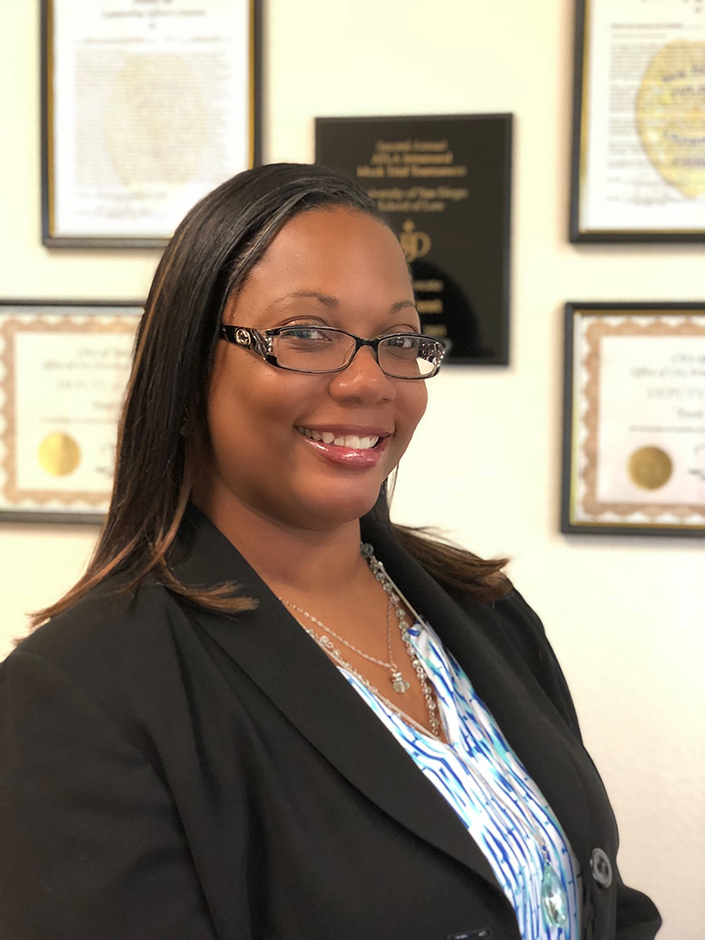 Terri Winbush
Terri Winbush
Terri Winbush serves as the Campus Chief Human Resources Officer (CHRO) at UC San Diego.
Prior to assuming her CHRO role, Winbush led the employee and labor relations units at UC San Diego as Senior Director of HR Strategy and Policy for eight years.
Winbush is a staunch advocate for people, and is credited for introducing the People Proposition, the foundation of her overall people strategy, and the guide for every decision made for the people of UC San Diego. She is the visionary behind employee development programs at UC San Diego, including the People Leader Network, and the HR Forum.
With her personal mission to incorporate the human back into human resources at the forefront, Winbush enables campuswide conversations to fight racism and develop a more inclusive environment. She is also a strong voice for showing grace and making space for employees to bring their whole selves to work at UC San Diego.
Before joining UC San Diego, Winbush was Deputy City Attorney with the City of San Diego for eight years. She has a B.A. in Government/Sociology from University of Texas, and a J.D. from University of San Diego Law School.
She enjoys spending time with her family and helping people find their joy.
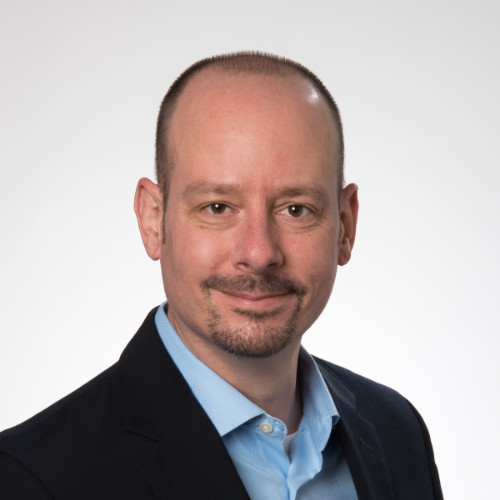 Dan Suchy
Dan Suchy
Dan Suchy is Senior Director of Educational Technology Services at University of California, San Diego, where he is responsible for providing leadership and planning for UC San Diego's diverse educational technology ecosystem, including hybrid and online course delivery. He is particularly interested in the rapid pace of artificial intelligence impact on instruction, and how the barriers to technology accessibility affect the online experience between students and educators. In addition to various educational technology roles, he spent several years as a college librarian.
Dan holds a B.A. in Anthropology from University of Kentucky, as well as a Master of Library Science (MLS) and a Master of Information Science (MIS) from Indiana University, with a focus on human computer interaction.
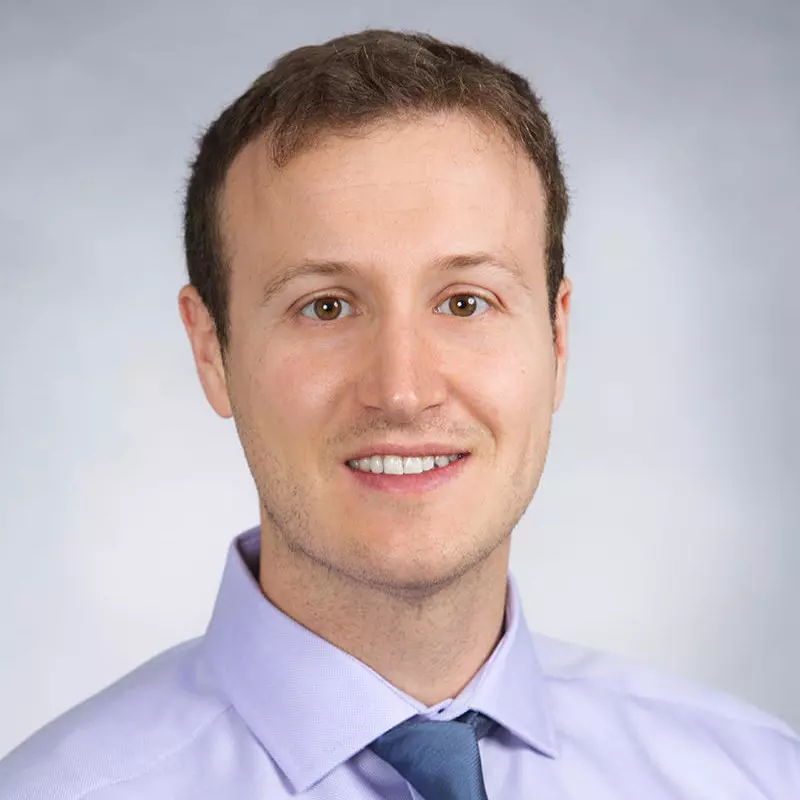 Gabriel Wardi, M.D.
Gabriel Wardi, M.D.
Dr. Gabriel Wardi completed his undergraduate and graduate education in Atlanta. He moved to San Diego for Emergency Medicine residency where he served as the education chief resident during his final year. He is the first graduate of the joint Critical Care Medicine fellowship offered by the Division of Pulmonary and Critical Care Medicine and Department of Emergency Medicine. He is an associate professor at UCSD and the Chief of the Division of Emergency Critical Care in the Department of Emergency Medicine. Dr. Wardi attends in both the emergency department and the ICUs as an Associate Professor of Emergency Medicine and Medicine. He is currently leading the Influence of Cooling Duration on Efficacy in Cardiac Arrest Patients (ICECAP) clinical trial at UC San Diego and is funded by various grants from the NIH and the Gordon and Betty Moore Foundation. He is the Medical Director for Hospital Sepsis at UC San Diego and previously created and directed the Residency Transition Course for the School of Medicine.
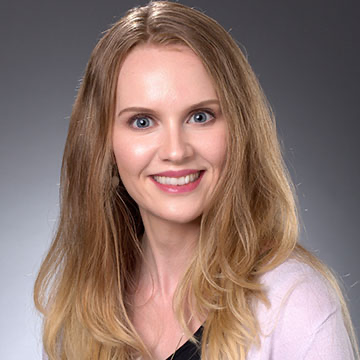 Allorah Pradenas
Allorah Pradenas
Allorah currently serves as Assistant Vice Chancellor and Chief of Staff to the Vice Chancellor and Chief Financial Officer at UC San Diego. In addition to her Chief of Staff role, Allorah oversees Operational Strategic Initiatives (OSI) at UC San Diego, which is a results-driven unit that delivers operational efficiencies, identifies new revenue streams, and develops new business and operational models. She provides leadership for OSI’s Continuous Improvement & Lean Six Sigma programs, Operational Excellence initiatives, and Org Review & Strategy. She has led significant process assessment, redesign, and implementation efforts at UC San Diego and across the UC system. She is a certified Lean Six Sigma Black Belt and a ProSci Change Management practitioner. Allorah earned her Master’s degree at UC Riverside. Allorah is also a UCSD LEAD Fellow who champions equity, diversity, and inclusion across the campus.
Demonstrations
Antonio Nava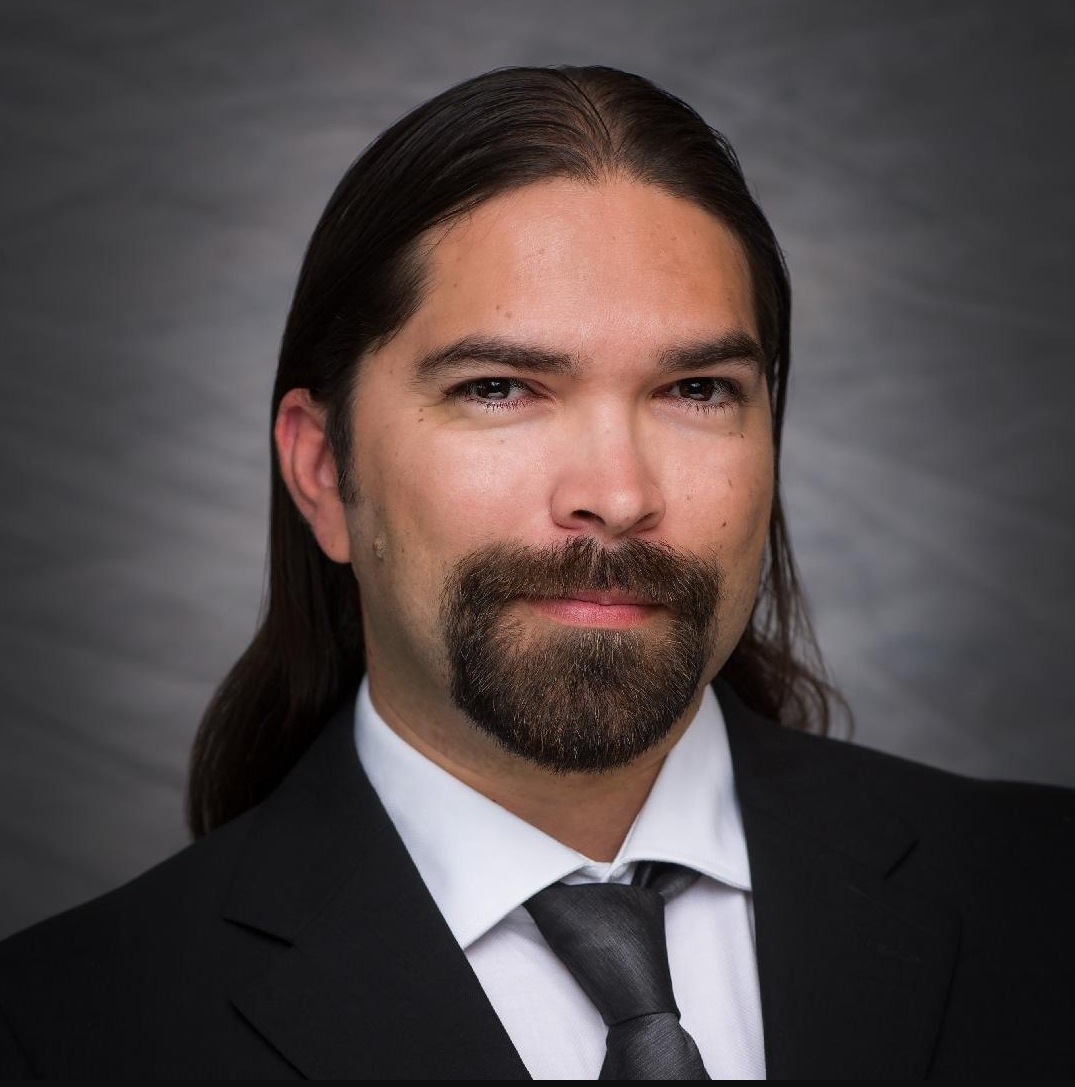
Antonio "Tony" serves as a Senior Strategic Programs Manager. He has trained over 2000 staff as the Program Manager for the Lean Six Sigma Yellow Belt Certification at UCSD. Additionally, he has trained 600 staff in process mapping as the administrator for Promapp. He was awarded the 2021 UC San Diego Exemplary Staff Employee of the Year.
Tony regularly facilitates cross-departmental and cross-institutional projects, Prosci Change Management, and LSS methodologies to support change initiatives, and delivers campus-wide efforts to support lean initiatives and business best practices.
After the development of an introductory AI Module available for all UCSD staff, his current focus is on blending LSS and AI to ensure teams reach optimal benefits from each tool set.
Tony earned his Bachelor of Arts in Theater Arts from UC San Diego and has completed Master's coursework in organizational management from Ashford University. Tony earned his Lean Six Sigma Black Belt from UC San Diego Extension.
Tony spends his time outside of work as a Den Leader with Boy Scout Pack 7777, cycling, and often donates his ponytail to Locks of Love, a 501(c)(3) that supports a sense of self and normalcy in children suffering from hair loss.
Q&A
Question 1: Working in Human Resources, privacy is paramount. How do you recommend using AI tools while maintaining confidentiality? This is coming from a context where we are instructed to not use Grammarly because the data is processed on a vendor's servers, who has not signed the UC Appendix DS (data security).
Answer 1: If information is not publicly available, do not put that info into your prompts. You still have immediate opportunities to use it for some generation (getting a head start on writing or editing content). At UC San Diego, we have provided the following guidance on commercial AI services that may not covered under a UC agreement. Saying that there, are AI services for which a UC agreement does address the AI solutions. Legal and Privacy are reviewing these, and we are in the process of determining a prudent rollout strategy if those reviews deem that we can make those AI services available. https://blink.ucsd.edu/technology/ai/acceptable-use.html
Question 2: Can we use AI to help us find innovations that we just don't understand yet?
Answer 2: You can use it to help connect concepts you may not know relate to good prompting. Along the lines of “Tell me about how subject X relates to Y with a focus on <your domain>.” Depends on its access to research… You can try it (I tried it), but AI won't be able to do that yet today. They are trained on data and information we created. They can't beat us on that, yet.
AI is excellent for brainstorming ideas. It’s also very good at culling through text and extracting relevant information from research and other data. It is only good for talking about things we already know and mixing it all. Also important to consider generative AI vs weak (or focused) AI. An example is the current use in drug discovery. AI is being used to identify new treatments. It's doing things like that in the same way as generative AI - it's looking for relationships between data sets. But if you use it to detect new discoveries (think self-driving cars and traffic light citation systems--computer vision), it may be possible.
Question 3: How will the law deal with AI accidents? For example, the recent issue with Air Canada's chatbot giving wrong information on their bereavement policy. Is it Air Canada's responsibility? Is it the AI's creator's responsibility? Same question with self-driving cars. Who is the responsible party? Insurance, the AI creator, the driver? Do you think there will be AI specialized lawyers?
Answer 3: Great question... but there's no universal answer right now. In the Air Canada case, the airline was held responsible since they provided the data to train the chatbot. With self-driving cars, this will really depend on what the root cause of the accident is. Thus, it could be the automaker, the creator of the AI, or a combination of both.
Question 4: [Adding on to Question 3] How about autonomous driving? Insurance (based on the law) would be the car company’s fault if an autonomous vehicle is in an accident?
Answer 4: Long-term, this probably will be the case. In the future, people won't own cars. So, automakers will provide the cars as a service (much like we rideshare today.) As a result, the automakers will bear the brunt of liability.
Question 5: I saw “cyberwar” in the path of AI innovation. What are the current and projected implementations of AI in the cybersecurity space, both defensive and offensive? And are there any current projects/start-ups you know of that at the forefront of this curve?
Answer 5: There is a LOT going on in this space. Cyber threats and cyber security are a never-ending arms race. Currently, there are hundreds of companies that have deployed AI cybersecurity tools. They can monitor 1.5M+ different cyber threats in real-time. The challenge, the bad actors, are also build better AI attack tools, and they're focusing more on the weak point of cybersecurity which is people. That's why we're seeing more attacks rooted in psychographics because they appear to be more believable for a specific person.
Question 6: I have two children about to enter college. Would love to hear your thoughts on the types of high-income work that will flourish with AI (high demand for workers).
Answer 6: At this time, I would say that anything related to data science will be a good path. Data is the foundation for so many new technologies: generative AI, predictive analytics, etc. I would say, just being versed with technology and AI to apply to any career path will lead to them focusing on more meaningful and advanced work in their field.
Great question. It's not so much the jobs but the skills. For the future of work, successful people will excel in these five skill sets: 1) creative thinking, 2) essential skills (communication, collaboration, facilitation, etc.), 3) problem solving, 4) applying technology capabilities (not building the tech), 5) ability to apply the other 4 skills into a specific domain (e.g. healthcare, finance, marketing, etc.)
Question 7: As we become more dependent on AI for decision making, how do we mitigate the impact of bad actors who will be incentivized to manipulate AI content for their dubious motives?
Answer 7: Some efforts are being made on the design side of the AI tools. They can be shaped to reduce some anticipated "bad actor" uses. The other side will be our collective awareness of red flags - think about how we all now know not to open links within emails or answer robocalls. There are clues and cues we can start looking for to analyze whether AI had a hand in creating the content. Examples are extra fingers in images, language flows in writing, etc.
Question 8: How have you seen AI being used to improve testing Web Applications/Sites? Any recommendations on adding AI to assist with Test Creation (writing summaries, steps or 'self-healing'), and automation tests (test automation vs performance testing)?
Answer 8: Aside from cybersecurity, I've seen AI tools to ensure regulatory compliance (hearing and visually impaired rules), checking the grammar/spelling of content, and testing links, buttons, etc. on the website. Other things like branding (e.g. color) schemes have too much variability for AI to test this effectively.
Question 9: How did Dr. Wardi's staff react to the rollout of the Sepsis model? Particularly in terms of trust.
Answer 9: A lot of the work was within the implementation of the model, and we used techniques from implementation science. we worked closely with the staff in the ED over a few years to make sure that the model was able to help with their workflow and included a work group with user interface, etc.
Question 10: For Dr. Wardi: Will your AI approach toward sepsis research include advancement with phages?
Answer 10: While there are some researchers who focus on this, it’s not my area of research. But I think it’s a fascinating tool and may have the potential to really help some patients.
Question 11: With all the potential benefits of AI, how do we minimize the bias we have seen many AI creations display?
Answer 11: Ever constant vigilance. ALL data is biased. We need diverse teams to bring different perspective and thought to reduce implicit. Unfortunately, we can never reach zero bias. The UN wants AI robot judges to improve case backlogs, increase fairness, and reduce corruption. However, we discovered the biggest bias in the U.S. court system is how hungry the judge is. The hungrier they are, the harsher they become. How do you strip this bias out? We don't know if they ate breakfast that day. Everyone has a different metabolism. In the end, there's just no efficient way to strip this bias out.
Question 12: Is TritonGPT available for other UCs?
Answer 12: We are currently rolling it out in phases to UCSD. It is not available to other UCs at the moment. We are in the process to determine how we might be able to “clone” TritonGPT and make it available other campuses. If there is interest, more information is here: https://csc.ucsd.edu/tritongpt/index.html.
Our Chancellor at UC San Diego supports the notion of AI “amplifying” employees to make them more efficient and focus on higher level tasks. We view AI as a tool as we do with Leans Six Sigma, automation, classification algorithms or other methodologies for making employees more efficient.
Question 13: I see lots of opportunity in the application of AI in process improvement. From a Lean perspective, AI can certainly improve "Continuous Improvement" (e.g., data gathering and analyzing information such as task time, waiting time, etc.). But I worry whether AI will actually diminish "Respect for People" by taking over many of these DMAIC or PDCA steps performed by process improvement team members that develop their knowledge and skills - which helps them grow as individuals and feel valued by their organization. How can we ensure both CI and RFP are both integrated in AI?
Answer 13: I think of AI as something that supports LSS. We should examine and lean our processes before building automation or teaching an AI model on those steps. Similarly, AI will become a partner in the CI review process. For example - I can use AI to affinity map sticky notes, which provides more value-add time for our kaizen. AI will not take over DMAIC or PDCA - in the same way that our CI initiatives will not "lean people out" of their jobs.
Question 14: Is the University considering using AI to join via Zoom to help with notation? Such as Dan's example. Will that be part of "TritonGPT"?
Answer 14: Zoom has an AI Feature called AI Companion. It does a good job of developing meeting summaries from the transcript in an automated fashion. Our Privacy, Security, and Legal are reviewing and we will need to socialize a potential rollout strategy with the proper governance channels. It is not slated to be a part of TritonGPT.
Question 15: In this era of hyperchange, how should our mindset evolve to keep pace with the relentless speed of innovation? With information being processed more swiftly and accurately than ever before, leading to the optimization of processes, what adjustments must be made in our decision-making timelines to remain competitive and effective?
Answer 15: The "simple" answer is that we need to move from a reactive mindset to a proactive set. This means two things. One, people can no longer just build to an outcome. We need to think about how our work can be used or misused from our original intent. Two, we must get very good at scenario planning and thinking differently to envision how others might benefit or abuse our solutions. Consider deepfakes. This technology started as a video/audio editing tools for movie/tv content. At the time, no one envisioned that people would use this to create fake videos to intentionally mislead or hurt people.
Question 16: Any suggestions for utilizing AI tools to scan aging knowledge bases with the intent to improve/clean the knowledge base (looking for redundancy, identifying aging articles, or suggesting taxonomies)?
Answer 16: We list the content/knowledge used to power TritonGPT here: https://blink.ucsd.edu/technology/ai/tritongpt/index.html, through thumbs up/down and feedback by TritonGPT users we are finding outdated information in some of our knowledge repositories. We’re then able to refine our source info/knowledge bases. It’s an ongoing process.
Question 17: Are there any current red-teaming opportunities for TritonGPT?
Answer 17: Since October 2023, we have been rolling in waves of employees into the system, analyzing feedback and adjusting the platform to provide more accurate responses. We will continue this approach as we roll it out to more employees through Spring.
Question 18: Some people in academia believe that AI would help to improve processes and better organize communication without any initial actions, like a miracle (i.e. discovering, diagnosing, analyzing, improving). My question is how to use AI in process improvement, does it change the traditional way based on the PDCA cycle? How to start the process improvement with AI? In which stage of the PDCA cycle the AI is the most useful?
Answer 18: One could VSM DMAIC itself. Where are the steps where we are searching, changing, compressing, editing, crunching... these can be viewed as "motion" or "underutilized talent". If we can think of ways AI can help us get to that step (sorting sticky notes for themes, summarizing notes from a kaizen, reformatting a kickoff conversation into a SIPOC template).
Question 19: Are there any types of questions or problems that you think AI is uniquely unqualified to answer?
Answer 19: Anything with high variability, a first-of-a-kind, or we as humans don't understand well (since we don't know how to train the AI).
Question 20: How are campuses like UCSD addressing the ethical concerns and considerations with Generative AI?
Answer 20: UCSD is addressing this like much of higher ed: by intentionally welcoming a multidisciplinary voice and critical lens to GenAI, and by making sure AI in all areas (administrative, teaching & learning, etc.) is guided by a committee of folks who can make sure ethics is forefront. We have these groups for admin and now instructional use of AI.
This is a UC-wide report guidance for responsible artificial intelligence: https://www.ucop.edu/ethics-compliance-audit-services/compliance/uc-ai-working-group-final-report.pdf
This is a good starting point, but we are constantly looking at new usages and new ethical concerns and publishing those as we pin them down. We also have terms of use: https://blink.ucsd.edu/technology/ai/tritongpt/terms.html
Question 21: What are your thoughts on the risks of heavy AI reliance? In HR, candidates may generate tailored resumes with AI, potentially receiving higher scores without human input. This reliance by recruitment teams can lead to imbalances in the process, raising concerns about bias.
Answer 21: Some HR departments are already changing their approach, particularly to see if the candidate is a cultural fit for their organization before considering the qualifications. The law firm O'Melvney is already doing this through an AI run "test." One benefit that resulted for them is that they are seeing far more diverse candidates and making more diverse hires as a result.
I see AI as an additional way candidates are adjusting their resumes to fit the positions applied for. Candidates already had friends help them, resume builders, etc. Given that, it is incumbent on the interviewers to focus on the ability of the candidate to demonstrate in the interview the necessary acumen for the role.
Question 22: Can TritonGPT be taught to learn legal contract documents and review for specific language to flag for analyst review?
Answer 22: That would be more of a classification algorithm to do such a thing. It wouldn’t necessarily be a part of TritonGPT, which is more of a Generative AI solution. That use case has been submitted to our AI work group for Administration and is being reviewed for feasibility.
Question 23: So, while I don’t want AI to take my job/livelihood, or have some overreaching control over my life - is it bad to ask how AI could strike more of a work/life balance in our lives?
Answer 23: First, it's unlikely AI will take your job. More likely, a person using AI will take your job. The upside with using AI is that it can help remove a lot of the tedious, admin tasks that we currently must do. This frees up time and will help transform our work to more complex tasks that are higher value adds.
Question 24: Can staff from other campuses test out TritonGPT?
Answer 24: TritonGPT itself is for employees of UC San Diego campus and health sciences. It is being rolled out in waves. We are considering how the platform may be extended to other universities. More info here: https://csc.ucsd.edu/tritongpt/index.html
Question 25: Is AI useful in generating training materials? For example, if there is a new HR policy being rolled out, would AI be able to produce quality training around that policy?
Answer 25: That’s a great use. I have input new policy and legal information and asked AI to generate a list of questions and answers by audience (HR professionals, administrative leaders, academic professionals, etc.).
Question 26: Any recommendations on improving your writing skills to improve your ability to prompt and improve your relationship with AI Tools?
Answer 26: Feel free to give the public AI essentials training a spin. It does touch on good prompting techniques: https://blink.ucsd.edu/technology/ai/tritongpt/training.html
Question 27: Should we expect the responses generated by Triton GPT to be more knowledgeable about UCSD related topics compared to Chat GPT? For example, will the job description assistant be more cognizant of past UCSD job descriptions compared to Chat GPT?
Answer 27: TritonGPT includes a Job Description Helper that will streamline the job description creation process for hiring managers. Leveraging over 1,300 career tracks job standard templates, it uses a predefined flow that engages hiring managers in a dialogue, capturing the specific requirements of the job. The AI then crafts language that not only complies with established job card standards but also accurately reflects the unique characteristics of the position. This feature reduces the time and effort involved in drafting job descriptions, ensuring they are both precise and tailored to the individual needs of the role.
And yes, TritonGPT is specific to UCSD knowledge. TritonGPT in general, is powered by UCSD-specific knowledge, listed on this page: https://blink.ucsd.edu/technology/ai/tritongpt/index.html
Question 28: How long did it take to create TritonGTP; how important is it to make sure that web content is updated? How do web updates impact functionality?
Answer 28: The initial prototype took about 2 months to develop. Our Web content team has been working with our website content owners that power TritonGPT to ensure that the pages are up to date.
Question 29: Can you embed the code on an existing page to make it work as a chatbot rather than an independent window? I find this useful for security questions in housing or higher ed in general (“What do I do if I lost my card?”, “Who do I contact for a broken exit sign?”, Etc.).
Answer 29: Not at this time but that is something we have discussed as a roadmap item.
Slide Deck & Additional Resources
- Process PaloozAI Slide Deck
- Neil Sahota
- Website
- X: @neil_sahota
- Newsletter
- Forbes
- "Own the A.I. Revolution" book
- Stepehen Yorkstone